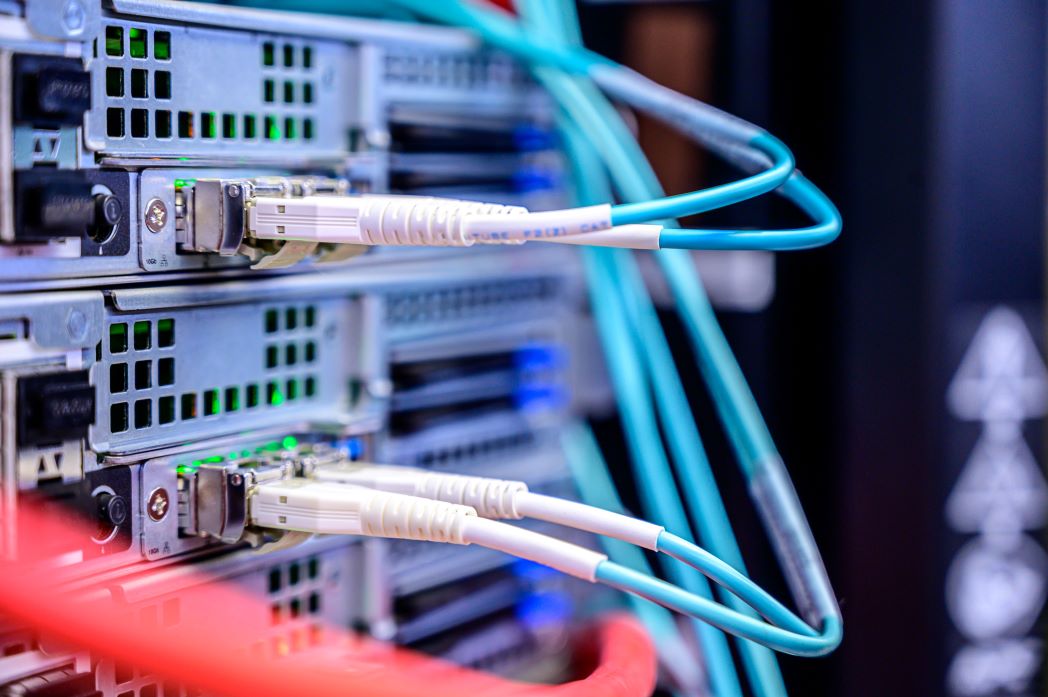Wi-Fi proximity marketing: unnecessary expense or competitive advantage?
The mobile revolution has transformed the way people interact with their customers, giving brands huge opportunities to reinvent customer relations in a more individual, targeted and relevant way, using digital tools. Today, in a context where the convergence of on- and offline commerce is essential to build a 360° customer experience, Wi-Fi is a powerful vector for phygitalisation, and a bridge to ultra-personalised marketing strategies to boost sales. Here are 3 good reasons for implementing this type of strategy.
-
Wi-Fi, a massive communication channel
With 71% of current mobile communications, Wi-Fi is the primary means of accessing the web. This supremacy is also reflected in the public’s overwhelming approval, with 63.1% of consumers preferring to use a Wi-Fi hotspot rather than mobile data.
Combined with its popularity, its extensive coverage makes it a differentiating channel for delivering content tailor-made by brands directly to users’ mobiles.
A competitive advantage that makes it possible to push out information without damaging the customer relationship: 68% of them are in fact in favour of receiving advertising in exchange for free Internet access.
-
Getting to know your customers better thanks to data
Wi-Fi proximity marketing enables hundreds of thousands of users to be connected simultaneously in a simple and secure way, regardless of their device. Users can identify themselves via their social networks – a significant added value for brands, which can then better define the profile of their consumers and target them more effectively.
Once collected, the information is integrated directly into a secure database that complements the CRM used by the company.
-
Focus on the user experience
While Wi-Fi proximity marketing allows you to reach your audience more effectively through targeted advertising and quality information, this strategy above all encourages the development of a customer experience that drives loyalty, sales and brand loyalty.
Wi-Fi makes it possible to create unique user experiences with interactive and educational content.
Wi-Fi is not just reserved for one type of venue: retail outlets, restaurants, entertainment venues, airports and museums all benefit from its use. In particular, it can be used to direct and guide visitors in order to control the flow of traffic and manage the purchasing process, as well as offering online games to reduce waiting times, or to promote “queue-cutting” promotions.
Until now, Wi-Fi has only been seen as a cost, but now all these advantages are transforming it into added value, enabling companies to anchor it in their marketing strategy and move towards a self-financing ROI approach.








